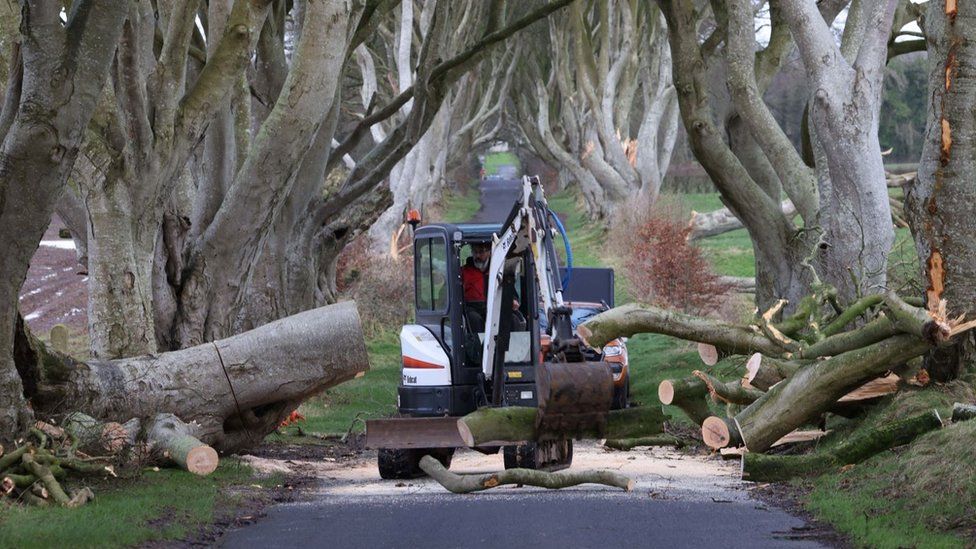ABS Plastic: A Quick Guide
Table of Contents
What is ABS Plastic?
Styrene butadiene acrylate (ABS) is a thermoplastic and an amorphous polymer with an opaque surface. “Thermoplastic” (as opposed to “thermoset”) refers to the way that the material responds to heat.
It is at a certain temperature that thermoplastics become liquid (i.e., they undergo a “glass transition”). The materials can be heated to their melting point, cooled, and re-heated repeatedly without significant degradation.
Rather than burning, thermoplastics like ABS liquefy, allowing them to be easily injection molded and then recycled.
A thermoset plastic, on the other hand, can only be heated once (typically during injection molding). The first heating causes thermoset materials to set (similar to a two-part epoxy), which results in a chemical change that cannot be undone. A thermoset plastic would burn if it was heated to a high temperature a second time. This characteristic makes thermoset plastics difficult to recycle. The ABS plastic is also an amorphous one, which means it does not exhibit ordered characteristics like a crystalline solid.
What Is The Process Of Making Abs?
ABS is most commonly polymerized through emulsion (a mixture of multiple products that do not typically combine into a single product). Milk is one of the best-known emulsified products. Continuous mass polymerization is also a patented process for creating ABS, although it is less common. The emulsion process is the most commonly used methodology to create ABS in the world.
The fact that ABS is a thermoplastic material means that it can be easily recycled, as mentioned above. In other words, ABS plastic is commonly derived from other ABS plastic (i.e. ABS is made from ABS). You can learn more about recyclable plastics, such as polypropylene, in our previous blog post.
What Is The Purpose Of Abs?
ABS can be used for a variety of purposes. The keys on a computer keyboard, power-tool housing, and the plastic face-guard on a wall socket (often a PC/ABS blend) are among the most recognizable.
The Abs For Prototyping And 3d Printing:
We use Fused Deposition Modeling over other 3D printing technologies (such as SLA, SLS, SLM) because ABS parts are readily available. When we transition from prototyping to production, we are sure there won’t be any major delays due to material due to our FDM machine. There are a large number of applications for it, so it is often chosen as a good middle-ground solution.
The material is easy to machine, sand, glue, and paint. This makes it an ideal material for prototyping, especially when it comes to CR packaging. It can also be colored relatively easily, unlike some other plastics, and you can also get good cosmetic finishes with ABS. Because of this, it’s often used in enclosures (housing) with different textures or glossy surfaces.
Is Abs Toxic?
ABS does not contain known carcinogens, and there are no known adverse health effects associated with ABS exposure. As a result, ABS is typically not suitable for medical implants. Discover more about 3D printing and prototype development for medical devices.
Describe The Properties Of Abs.
It is very structurally robust, which is why it is used in things like camera housings, protective housings, and packaging. If you need an inexpensive, strong, stiff plastic that can endure impacts well, ABS is a good choice.





